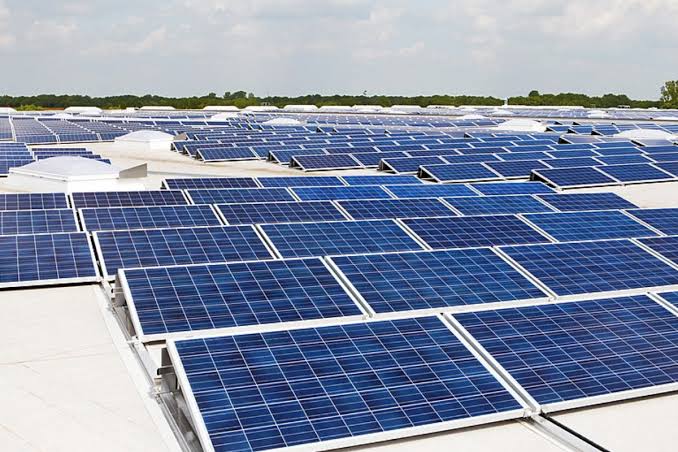A lot of the country’s wealthier households are leading the noise when it comes to solar net metering, which is like making a mountain out of a molehill.
About 113,000 Pakistani households—or roughly 0.3% of all households in the nation—have solar net meters installed.
More than 75% of families consume more than 700 units of power, making them some of the wealthier households in the nation. Despite the fact that these households may not think of themselves as affluent, they undoubtedly are given the general wealth inequality in the nation.
Every home that installs solar net metering agrees to a distributed generation license, which makes it very clear that the distribution firm will always be able to purchase electricity from the home at the most recent price. A price like that should be determined by supply and demand.
Pakistan now has excess power capacity, with energy costs of Rs9 per unit; but, with capacity charges and other inefficiencies, the cost of energy for the highest-consuming slabs reaches Rs50 per unit. However, the true cost of producing one unit of power is still Rs9. Purchasing the same electron from distributed solar units at a cost of Rs. 22 per unit is not economically viable in such a situation.
It makes sense to adjust the buyback price in this situation. The economics of a solar net metering connection will still be appealing even if the buyback price is reduced.
Installing a solar net metering connection may have a payback period of 36–40 months at current pricing, as opposed to 18–24 months. This won’t lead to the catastrophe that a lot of people are portraying it to be. The more affluent households in the nation have little cause to gripe about somewhat lesser outsized returns when a possible investment—though it might not be considered one—still yields disproportionate profits.
Furthermore, it is critical to realize that maintaining a grid capable of supplying backup power comes with a certain expense. It makes sense for a family that depends on the grid for backup power to pay for it as well and not receive financial assistance from other customers who do not have solar net metering installed.
There is compelling economic justification for the proposed change in buyback prices. This does not, however, make up for distribution and transmission inefficiencies, especially when it comes to distribution losses.
There is no questioning that the future is dispersed and solar. If things do not get better, we might witness a significant exodus from the grid in a few years as battery prices continue to decline.
Most of the world is predicted to reach grid parity with solar generation and storage by 2030. It is quite likely that we may reach the same level by 2030 given the current state of world politics, endangering the grid’s stability in the process. It is still essential to carefully craft a forward-looking policy framework to guarantee grid stability.
I am a dedicated student currently in my seventh semester, pursuing a degree in International Relations. Alongside my academic pursuits, I am actively engaged in the professional field as a content writer at the Rangeinn website.







